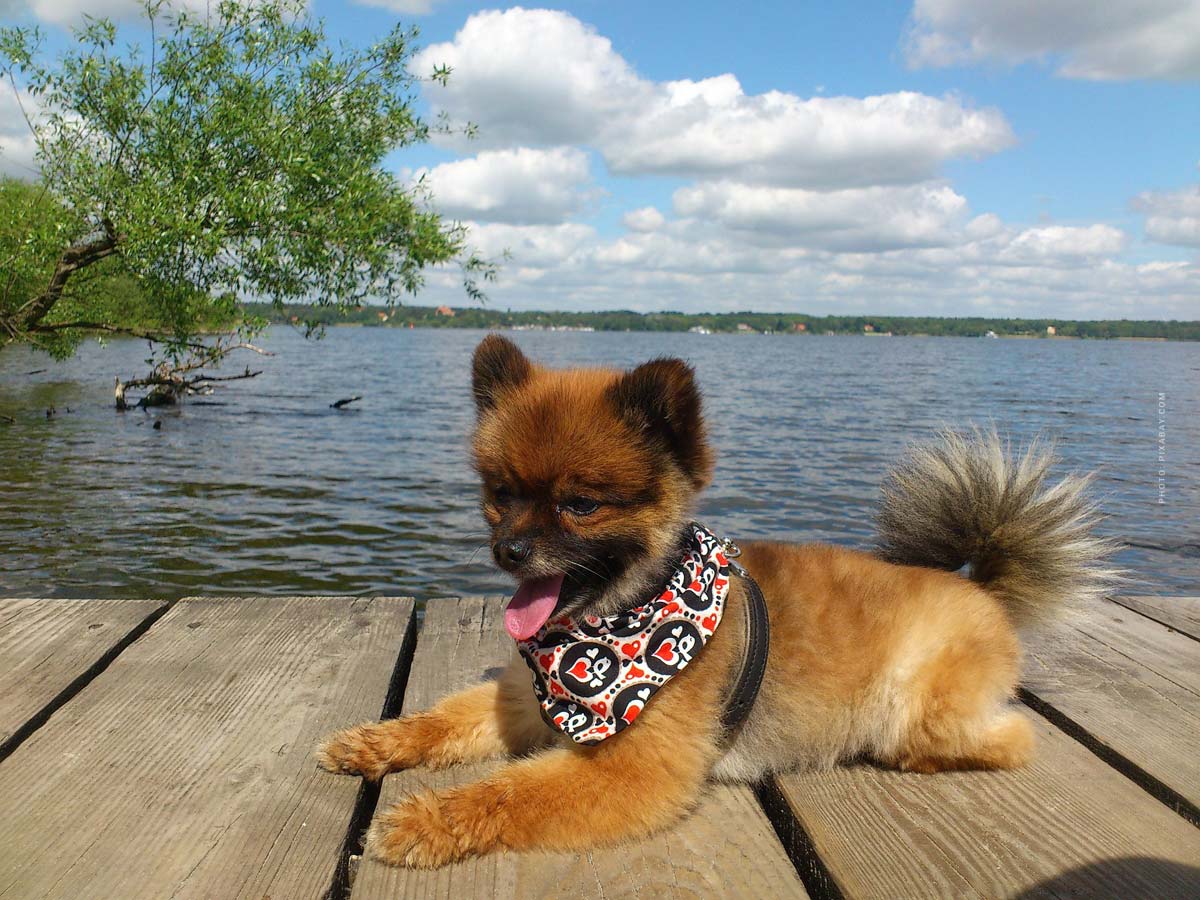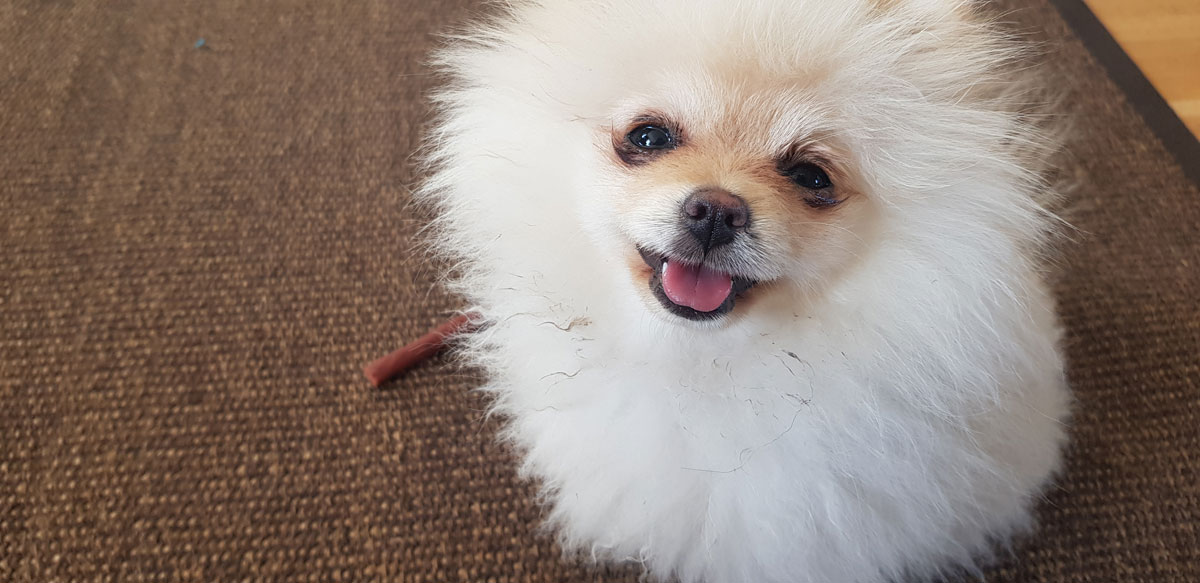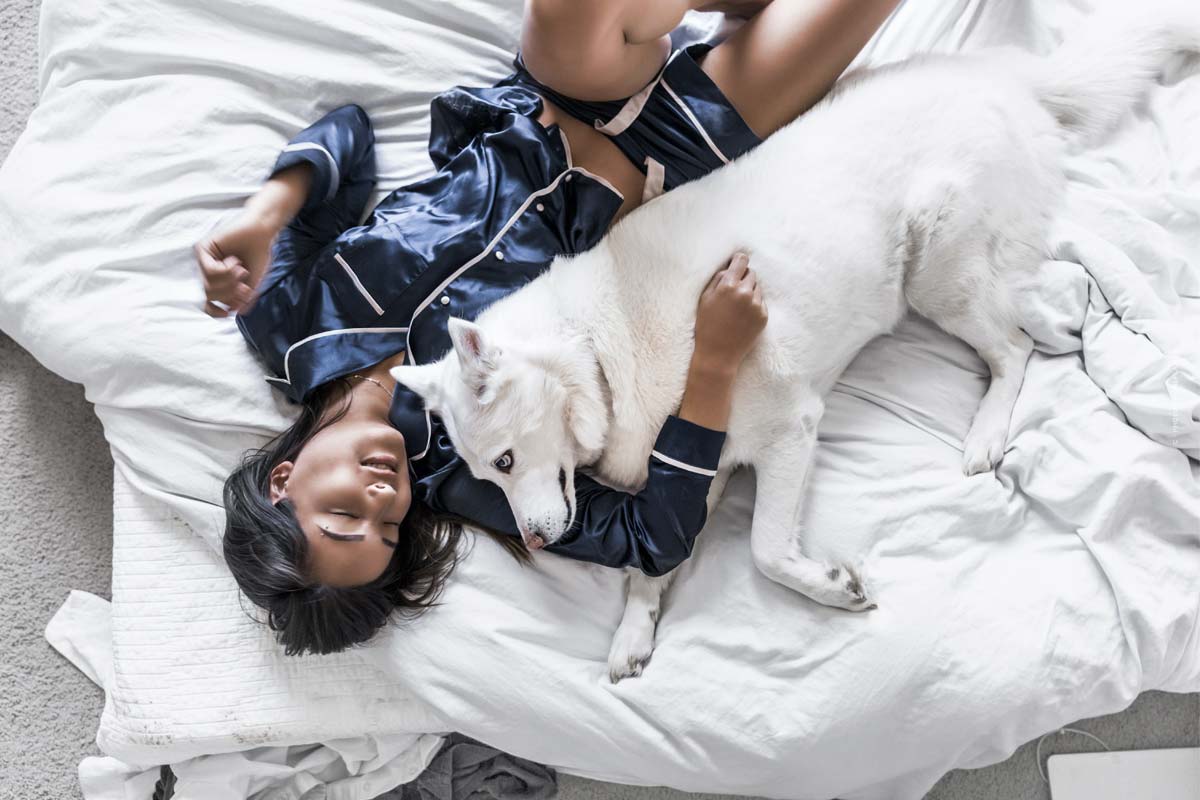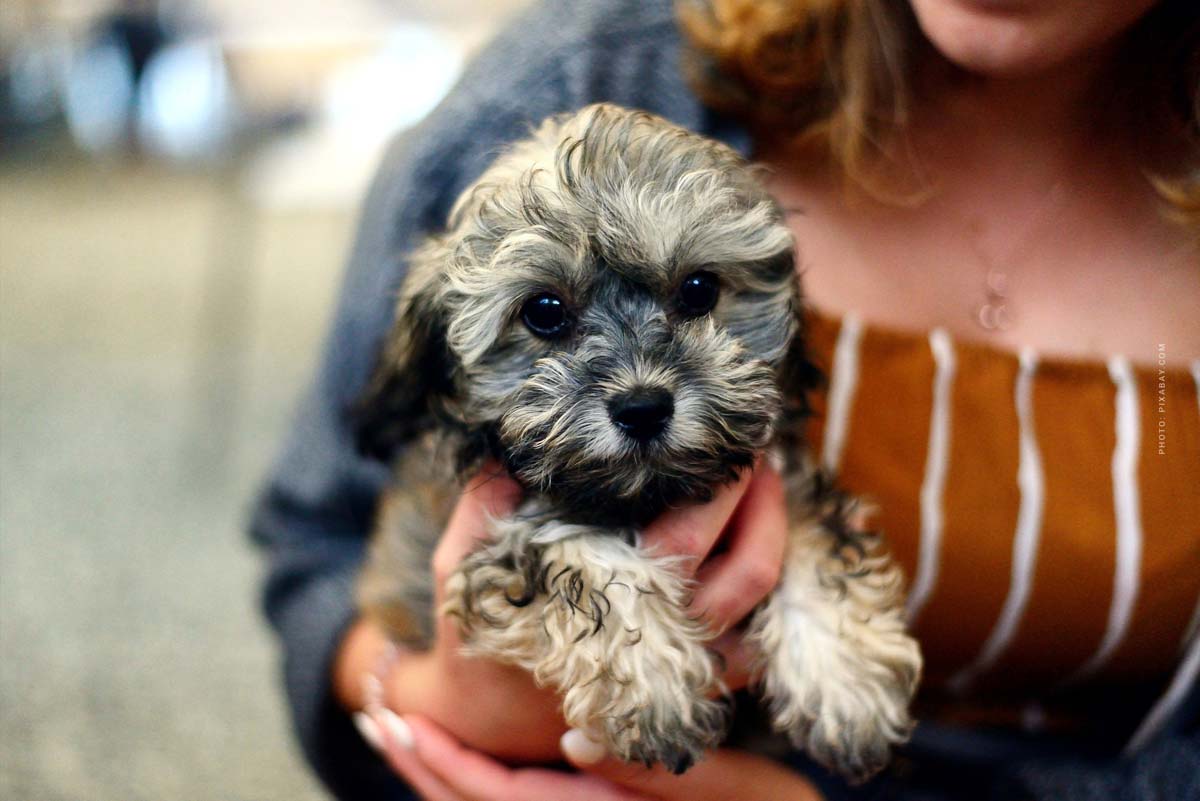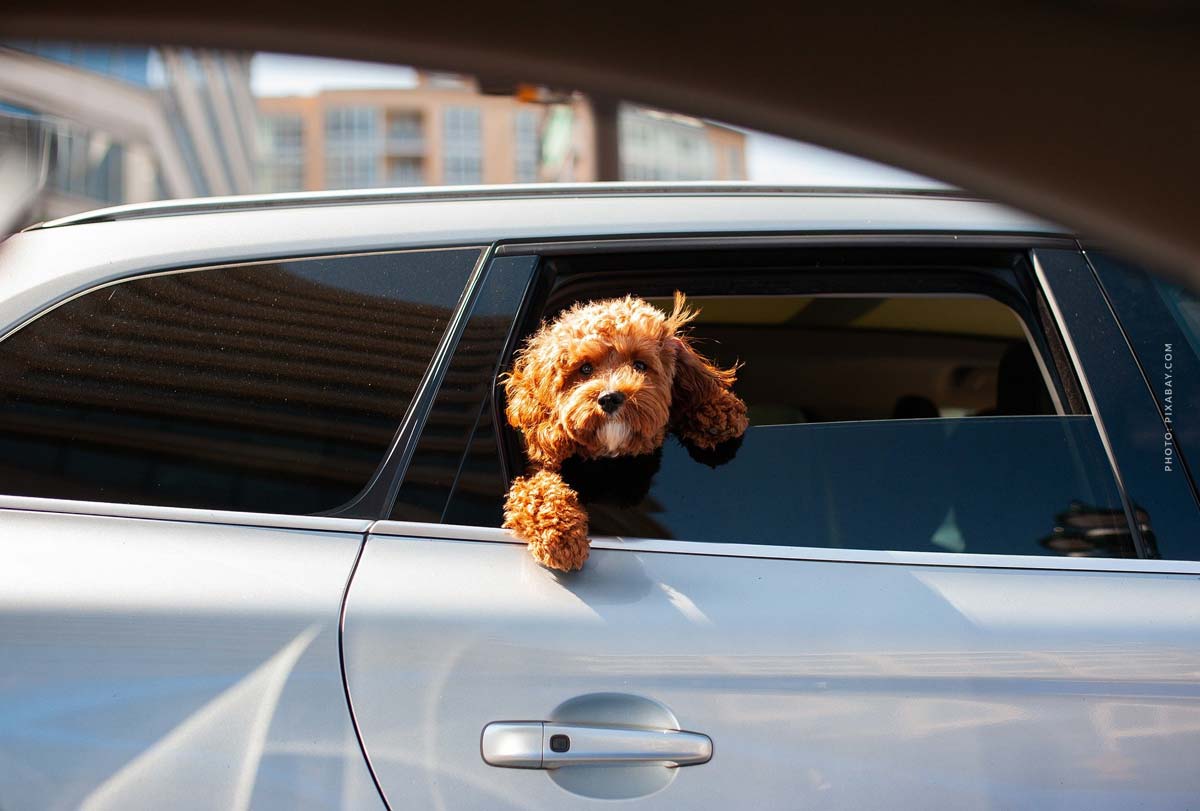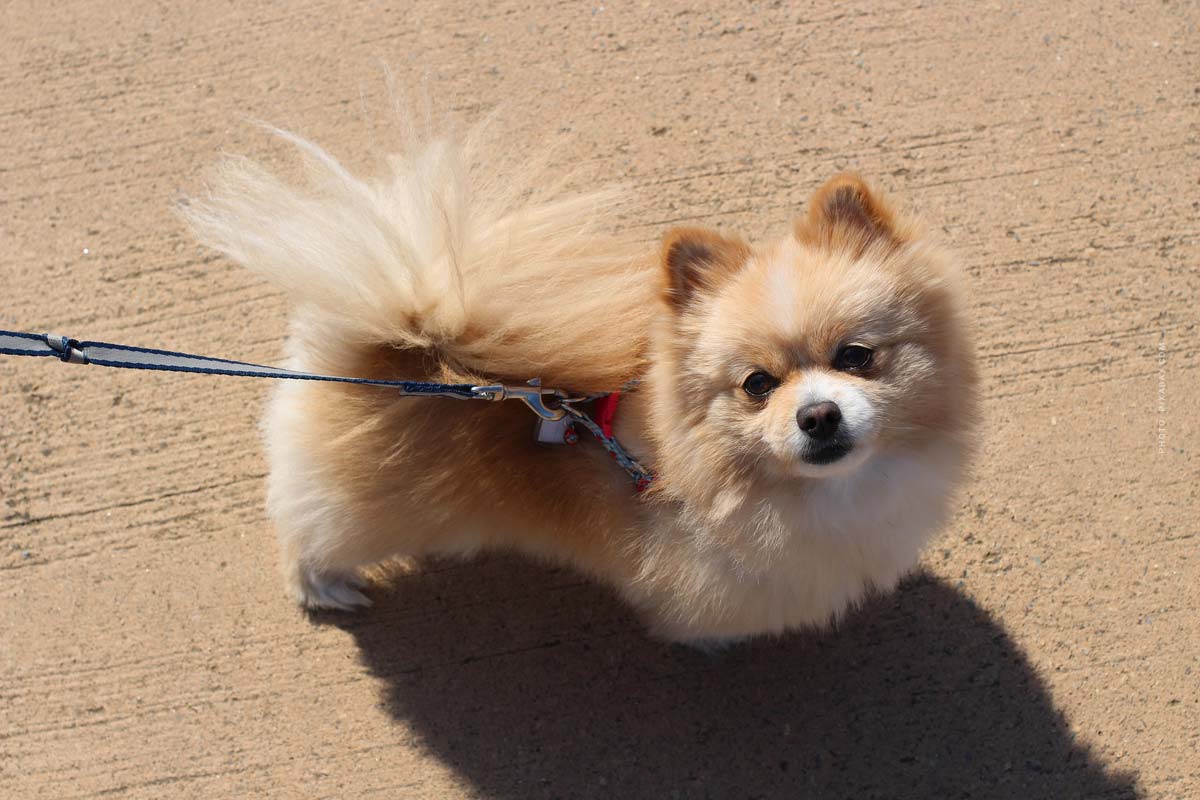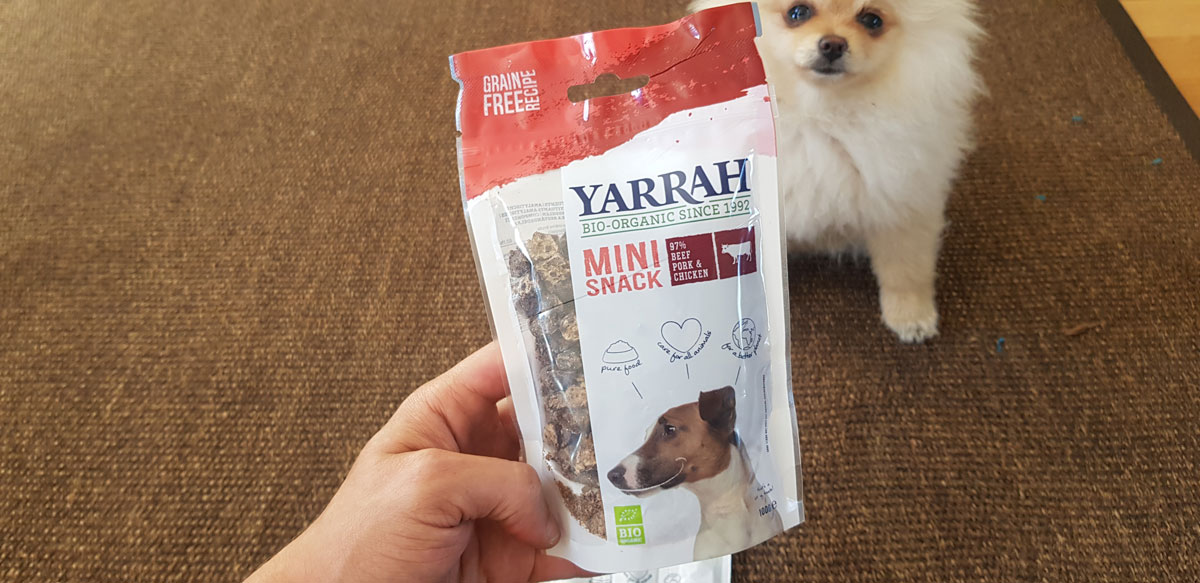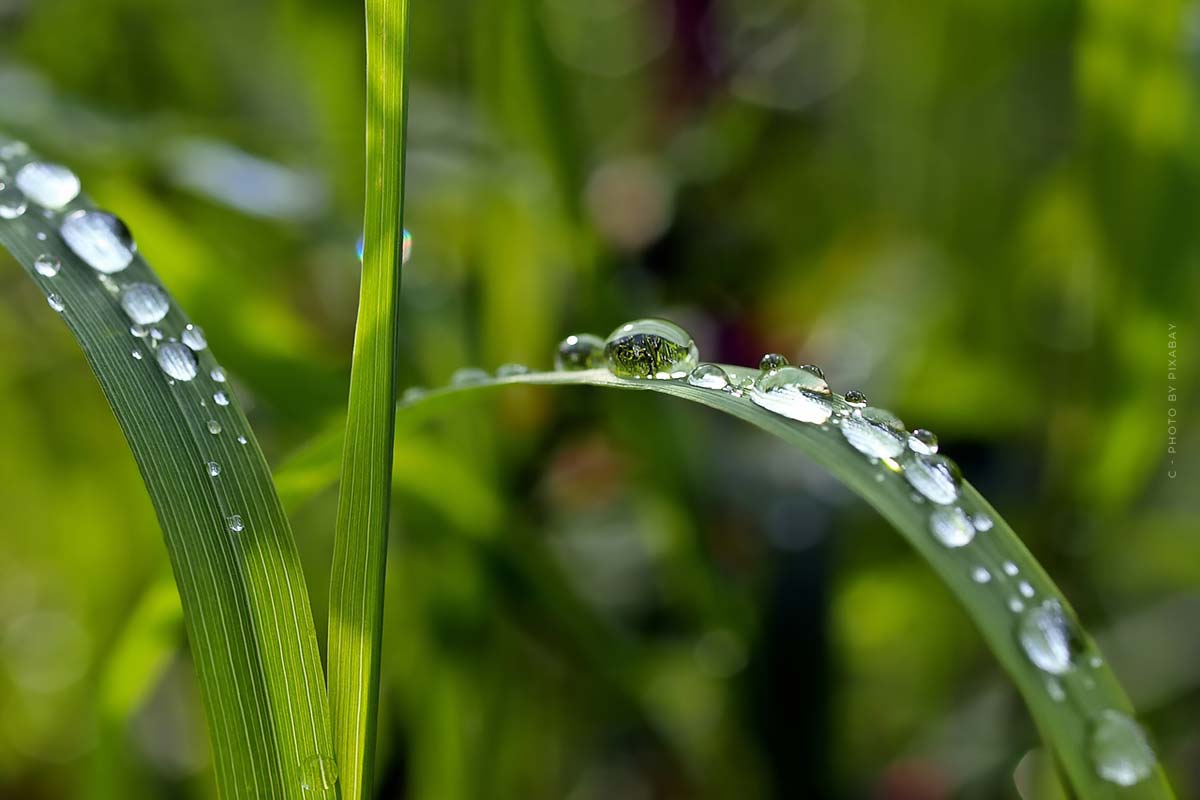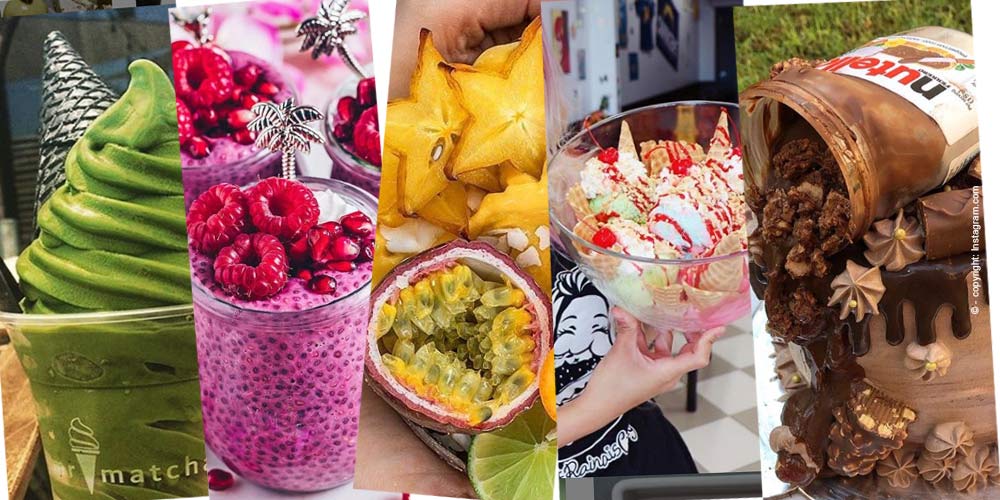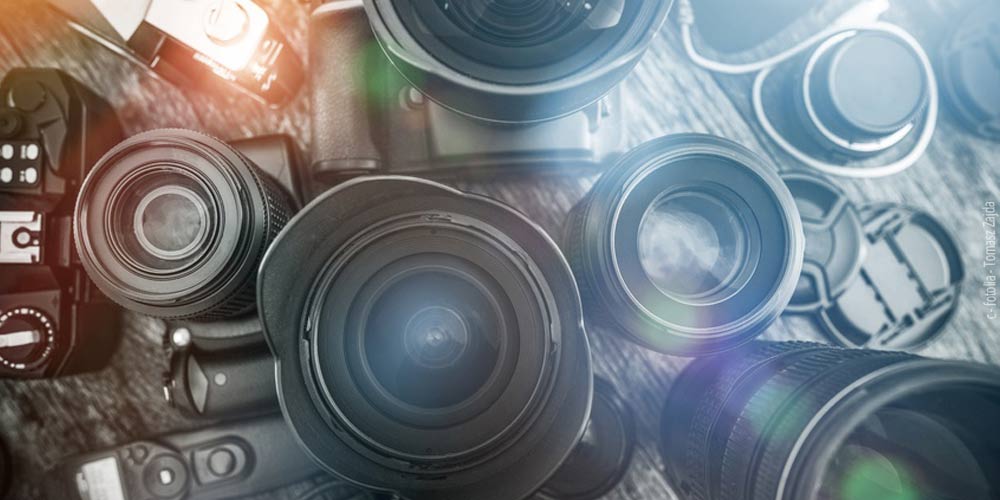Basic equipment puppy & dog: 6 Must Haves! Food, bowl, leash, collar, blanket, … – Checklist
Basic equipment for your dog – No matter what breed of dog or what type of mixed breed, there are exactly 6 things you need when buying your first dog or puppy! So to speak, the basic equipment for your puppy and the first days together in the house or in the apartment. With this checklist, you have everything important! The right food for puppies, two bowls for food and water, a leash with collar and / or harness (safer), toys and very important, especially if you have no garden or live on the second floor: Puppy Pads! Oh yeah, also the appropriate insurance for your dog. Learn all the important stuff here, with tips for times to eat and more, interesting checklists for beginners and novices. Simply explained and free of charge! Here’s the nuts and bolts for the first trip, from breeder to home and the first days with your puppy, from my experience.
Food for puppies: dry & wet food
Food for puppies – number 1 is food, especially for puppies. Later your dog gets food 3 times a day. In the morning, at noon and in the evening. Regularly, so that surely the little one gets used to the times and knows that there is food regularly.
Here directly a tip: Do not spoil your dog too much! That is, buy simple food, dry food (brackets) and wet food (food in cans) and do not change too often with “specialties”. If your dog only gets used to “delicacies” and constantly changing “delicacies”, he or she will quickly become picky. That is, keep it simple! Your dog needs you, your attention, love and care, not a 5-star menu.
Listen to Ella’s experience as a podcast here:
Wet food: morning and evening
In the morning and evening, give your puppy wet food, usually canned. Most dogs get meat, but vegetarian alternatives are also important.
- Wet food in the morning and evening
- Chicken, lamb, beef …
- Dry / wet food with vegetable content
For beginners, this is what wet food looks like in the bowl:

Dry food: noon
At noon you give your little puppy dry food, i.e. brackets. You mix the dry food with a little water. Similar to cooking rice, about 50:50, so the little brackets will be a little softer. This is important because your little puppy still has milk teeth.
- Lunchtime dry food
- Mix with 50% water

Bowl: food and water
Bowl – For food and for water your puppy needs two small bowls. The water bowl should always be well filled and constantly filled, so your dog can drink whenever he or she wants. Clean the bowls daily so that germs do not build up. Especially when your dog is young, you should make sure the environment is relatively clean. Again, though, it’s important to keep it simple. You don’t need a hygiene spray or anything else. After all, your dog will quickly get to know the first meadow near you and anyway constantly come into contact with the environment. The bowls you simply clean with water, so that they are clean and without residues when there is new food.
You need for your puppy:
- Bowl for water
- Bowl for food
What about treats?
What about treats? Again, the rule is, don’t spoil your dog. When you first buy treats, use them sparingly. Maybe only 3, 4 a day and only 1 at a time. Whenever your dog does something that you can reward. For example, when he pees on the absorbent mat (we’ll get to that in a minute), when he walks a few feet with you, or when he or she puts on the collar without complaining.
Tip: Don’t just buy small treats that your puppy will eat right away. There are also great snacks to chew on that will take your dog a long time, that he and she will have a lot of fun with, and that won’t fill him up so much. With the Pomeranian, chewing on a snack like this will last for days:

Dog insurance: illness and liability
You buy your first puppy and have no experience with dogs? Then you should think about one thing above all: insurance for your little four-legged friend. Just as you need health insurance in case something goes wrong, you should also have provisions for your dog. There are many good providers for this – read more here.
My tips, experience and recommendation:
Leash, collar and harness
Leash – number 3 in your basic equipment for the little puppy, is a leash with a collar or harness. Dogs react very differently to being put on a collar and/or harness in the first few days. Your leash should be relatively short for the first few weeks so that your dog is always in your control circle. Depending on where you live, rural or big city, there are different sources of danger. Puppies are active and want to learn about the world. If they are always near you, say a maximum of 3 meters in radius, you can see all the dangers, for example, even broken glass on the floor.
Get your puppy used to the collar right away
Work from day 1 with a collar and leash, so your puppy gets used to wearing it right from the start. So you have less difficulties later. Your puppy will, as a rule, wear a collar or harness from early to later. The sooner you get your puppy used to it, the better.
Tip: Work with harnesses as early as possible. Especially the region around the neck is delicate, especially with Pomeranians (Miniature Spitz). Collars are directly on the important vertebrae and a sudden, strong jerk on the leash can already cause injuries. So try to get your puppy used to a harness as early as possible.
- Collar in the first days and / or
- Dog harness as early as possible
- Short leash with maximum 3 meters
Harness: safety and stability
As you can see here in the picture, a dog harness provides even more protection for your pup:

Blanket and sleeping place (short)
Very important, of course, is a retreat, or the sleeping place for your puppy. It must be comfortable, safe and warm. But it does not have to be a big, special box or a dog basket, in fact is enough from experience a simple blanket, or what is also very nice, fur! Fur (artificial, of course) is especially nice if you have a small dwarf spitz, which is very fluffy in the first weeks, it looks especially cute. At the same time fur keeps nice and warm and provides a cozy base, whether carpet, stone or tile.
For the first ride, from the breeder to home, you should have at least a fluffy blanket.
Your puppy will most likely be separated from its mommy for the very first time today, most likely from its siblings as well. In addition, your dog may also be leaving the apartment and / or its own house and garden for the very first time. Your puppy is also for the very first time, for a longer time outside, especially if the way to the breeder is further.
So you should directly offer a cozy, warm feeling, a new home.
Toys (chewing and distraction)
Once you’re home with your pup, he or she will most likely be sleeping!

But as soon as they wake up, they want to be kept busy. That’s why you should have two or three small toys for your puppy at home right from the start. Again, I recommend simple toys, nothing too elaborate, not too much plastic.
Sticks from park & forest, instead of much plastic
You’ll be amazed how much dogs love simple sticks, for example, from the meadow (city) or from the forest if you live in the countryside.
No invented toy can compete with good sticks! The very most important thing for puppies, they want something to chew on. Something like a small rope, maybe a small plush toy. That’s enough, for the first days and weeks.
So you don’t need a lot of toys at all to make a dog happy, usually 2, 3, 4 toys are enough in the first few weeks.
The important thing in the first days and weeks anyway is that you (!) take time for the puppy!
Briefly summarized
- 2-4 toys for the start
- Later 5, 6 small toys are enough
- Puppy friendly, simple and chewable

Play, eat, sleep and routine: teamwork
Tip. It is also a good idea to take a few days off. This way you can get in tune with each other, from the morning routine, through the day and into the evening.
After only 7 to 10 days, you will get more and more used to each other as a team. For example, you will develop more and more a sense of when your little puppy wants to go to the toilet. Your puppy knows when to eat. You will see how your puppy sleeps and when he or she is active. The better you develop your Team Work already in the first days, the faster and easier it will be the further weeks, months and years!
And very important, for the first few weeks, is this:
Puppy Pads: absorbent pads for puppies
I myself have only heard of Puppy Pads in the pet supply store, from a friend. She said …
This is the ultimate insider tip for all puppies!
She was so right!
Puppy Pads are simple, absorbent mats that you can lay out (1x) at your home. When your dog pees on them, he will smell his pee the next time and will most likely use the same spot for his business.
The pads come in packs of 10 each and they last a few days. On the top they are absorbent for puppy urine, also for poop piles and on the bottom they are leak proof. Perfect for any type of home, from an apartment in the city to a detached house with a garden in the countryside.
What is at night? Dog gate
Puppies do in the apartment, be sure of it. Also, never be angry, just ignore it, do not pay attention to it. If you go out regularly with your puppies, or let him or her in the garden, they will automatically do little by little, outside their own home, their own retreat.
During the day you can accompany your puppy well in the, as soon as it becomes night and you sleep, there are only 2 options:
- Absolute freedom
- Tip. Cage or dog guard
Why? If you give your puppy freedom, you have the disadvantage that in the morning small mishaps will be distributed in the apartment / house. The advantage of the cage for the night or the small enclosure with fence, your puppy is always close and makes fast, no longer in the immediate vicinity. So a dog gate gives protection and helps to get used to times to pee.
So if you have a particularly active puppy, or you prefer to be a little more cautious than indulgent yourself, consider buying a grid for the evening. Many buy a grid for the first few weeks, especially at night, where the puppy spends time until morning. This has several advantages, one is you control where your puppy moves when you sleep. Also, as described, dogs don’t like to do their business nearby, so they also get used to holding out until morning.
I like fluffy fur and freedom
My little Pomeranian has, as described, only a fluffy fur to lie and that is absolutely enough. However, you have to live with the fact that you will find some traces of the night in the morning. So no poop and wet spots.
However, your little puppy will gradually get used to doing outside if you walk regularly. Puppy Pads, absorbent mats that you lay out, also help. Due to the fact that dogs look for places that have been marked before, there is a good chance that your dog will make to this mat more often.
Here’s what I do about that:
- Going out regularly, at least 3-5 times a day, depending on the weather conditions.
- Puppy pads for the business at home
- Tip. Dog toilet with meadow
Dog toilet with meadow
My little last secret tip for those who buy a puppy for the first time! There are toilets with artificial grass. On the one hand, it looks fancy, almost like a square, flat flower pot with freshly cut grass. On the other hand, it is like meadow for the puppy and accordingly your puppy likes to do his business here. Super practical. Likewise for cleaning. Once with the water hose or shower over it and it is ready for use again.
Very important here, you will also learn in the article, the first days with your puppy.
If your little puppy ever makes mistakes and pees or poops on the carpet, never be angry or yell.
After all, they are puppies, they can not yet control themselves as adult dogs. It’s exactly the same with us humans.
You should always stay calm so that your puppy gets used to peeing and pooping near you. This will also be important later when you walk your puppy. Little mishaps happen, just make them go away and don’t pay much attention to it.
Checklist: 6 things you must have on day 1!
These were my tips, from my experiences, for your puppy.
From the set up food for your puppy, wet food for eating in the morning and evening, at noon there is dry food (mixed with water). You have a bowl for food, one for water. With a leash and collar or harness you can go out with your puppy for the first time and for the night everything is safe at the sleeping place. For small mishaps, you have puppy pads.
Basic equipment for your dog:
- Lining (dry and wet)
- Bowl (food and water)
- Leash, collar and harness
- Blanket (sleeping place)
- Toys (chewing and distraction)
- Puppy Pads
Puppy moves in! Your first week
Buying puppies – What accessories do you need for your puppy around leash, bowl, sleeping place and food? Every year millions of little puppies are born and find a new home! Also with us there is now one, respectively two little puppies: Neppa & Peppa.
Walk the dog, stay alone & Co.
Thinking about getting a dog? If you have time to spare and love, then a little puppy is something wonderful. But, what do you have to consider?! Learn here about the everyday life with a little puppy: My first day with Peppa (Dwarf Spitz, or Pomeranian puppy), my first week and my experiences. If you’re thinking about getting a dog, here are the ultimate tips for the first week with your puppy and a few insider tips, like puppy pads, tips for walking and staying alone – all in the first week!
Dog as a pet: XXL Guide
Dog moves in! You have decided to get a dog, as a single, with your partner or even the whole family and you are thinking about getting a dog? There are millions of dogs in this country. They are among the most popular pets. Dogs breeds such as Labrador, French Bulldog, Australian Shepherd, German Shepherd, Golden Retriever, Pomeranian or Chihuahuas. How much does a dog cost? What does a dog like best? How does the dog realize that you love him? Many questions, here you will find the answers. From dog grooming and the first coat, to dog food (wet and dry), organic alternatives, but also tips on initial equipment, around leash, bowl & Co.
